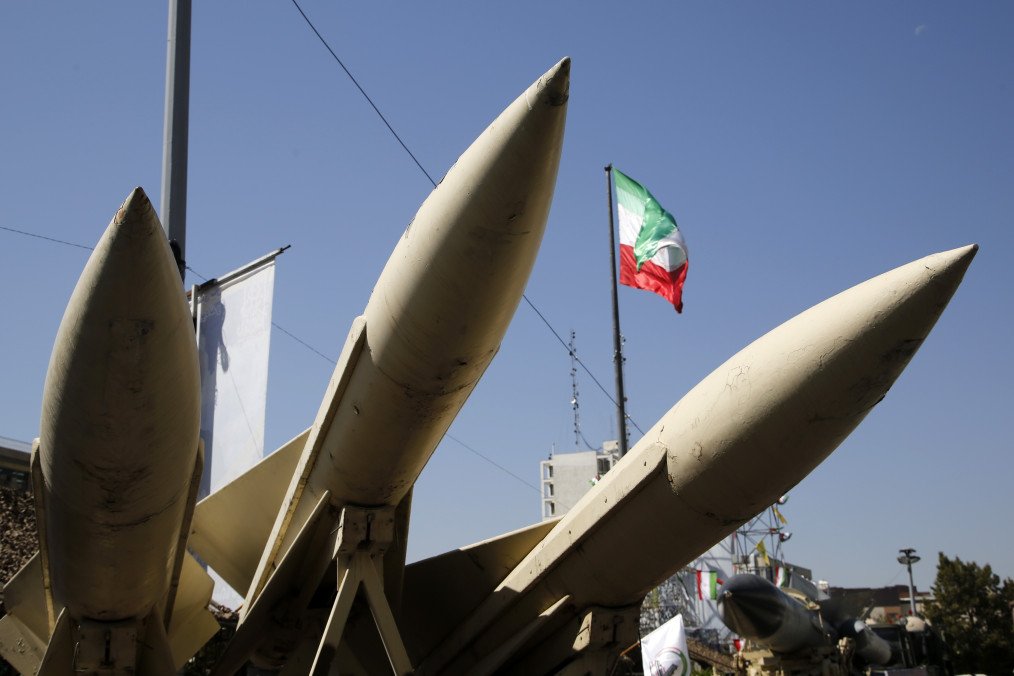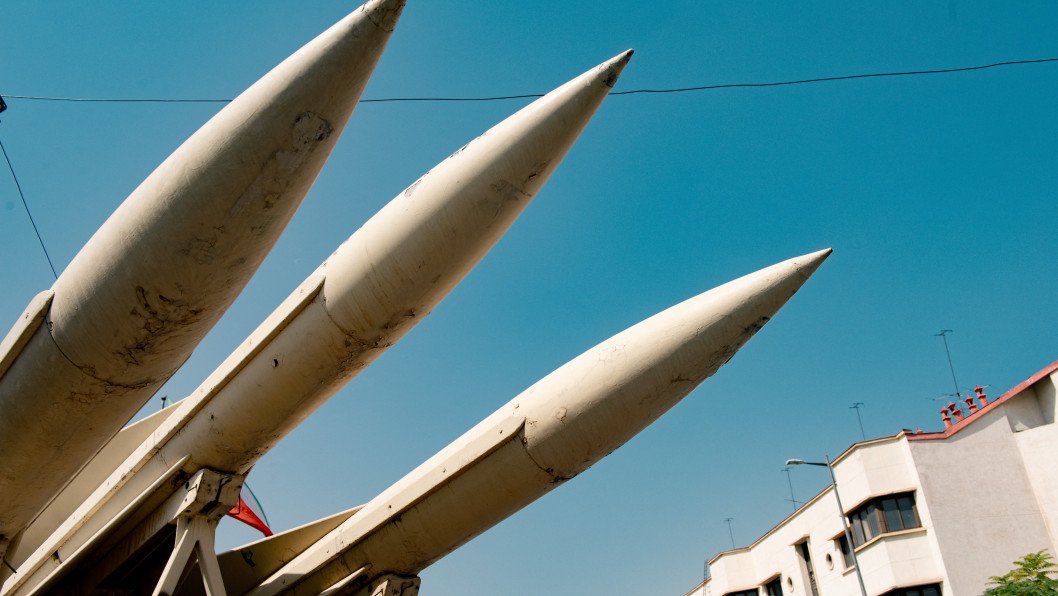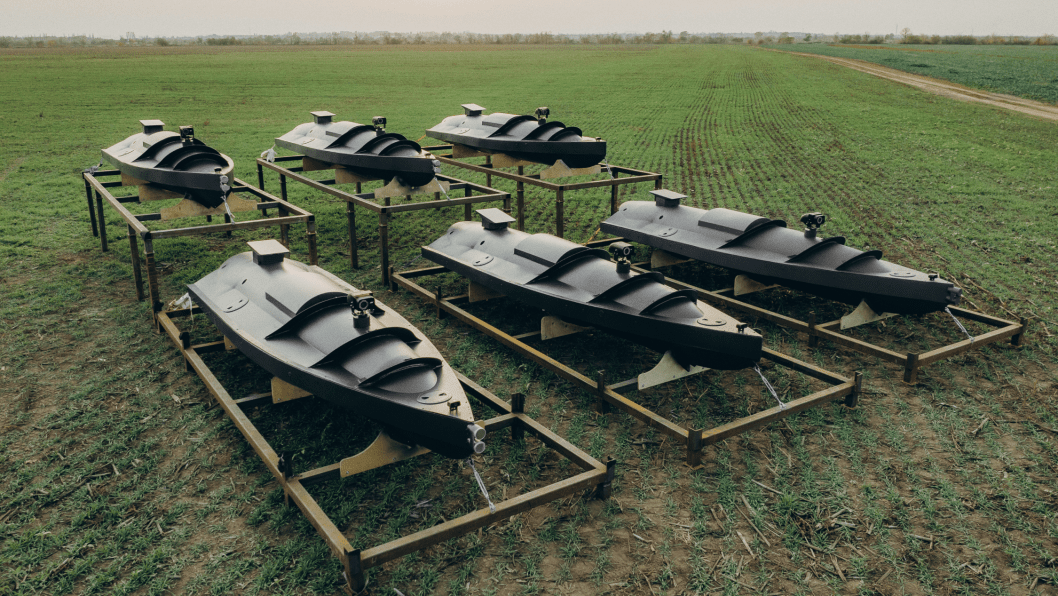- Category
- Latest news
Missiles Across Iran Are Now Launch-Ready, Amid Rising Tensions With the US

Iranian armed forces have placed missiles on standby following threats from US President Donald Trump to launch strikes against the country if it refuses to agree to a new nuclear deal, according to Iranian state-linked media.
As reported by the Tehran Times on March 31, a “significant number” of missiles have been made launch-ready and positioned in fortified underground facilities across various regions of Iran. These installations, according to the outlet, are designed to withstand aerial bombardments.
The report states that the missiles are intended to target locations “linked to the United States” in the event of an escalation.
According to Tehran Times, Iranian forces have prepared launch systems in all cities where underground military bases are located, in anticipation of potential military action.
Tensions between the United States and Iran have escalated steadily in recent weeks following renewed US efforts to push Tehran toward a new nuclear agreement.

On February 9, US President Donald Trump stated in an interview with the New York Post that he would prefer to reach a non-nuclear agreement with Iran rather than resort to military action. He emphasized that “nobody wants to die” and that an agreement would also prevent potential Israeli airstrikes on Iran. Trump declined to disclose details of potential negotiations, saying only that he hoped Iran would make the right decision.
On March 7, Trump confirmed during a Fox Business Network interview that he had sent a letter to Iran’s leadership, encouraging a return to negotiations. He said the letter expressed a preference for diplomacy and emphasized that the alternative to talks would be further action to prevent Iran from acquiring nuclear weapons. According Reuters, the letter was likely addressed to Supreme Leader Ayatollah Ali Khamenei.
However, on March 9, Khamenei rejected the overture, stating that the US demands extended beyond Iran’s nuclear program and aimed to influence internal affairs. He dismissed talks under pressure as unacceptable. In response, the White House called on Iran to prioritize the needs of its people over what it described as “terrorism.”
On March 20, CNN reported that Trump had given Iran a two-month deadline to reach a new nuclear agreement. The ultimatum was reportedly conveyed to Khamenei via US envoy Steven Witkoff, through the UAE President. The letter emphasized a desire for a swift diplomatic resolution, while also signaling that other options remained on the table. According to US officials, possible military action by the United States or Israel could not be ruled out.
On March 27, a report from the US Strategic Command warned that Iran had significantly reduced its nuclear “breakout time” — the time needed to produce enough enriched uranium for a nuclear weapon — to under one week. The report cited the installation of advanced centrifuges and expansion of uranium stockpiles as key factors in this development.
On March 28, Iranian parliament speaker Mohammad Qalibaf warned that American military bases in the region would not be safe if the US carried out military threats. Iran’s Foreign Minister Abbas Araghchi called Trump’s outreach “deceptive,” reiterating Tehran’s refusal to engage in direct negotiations under pressure. He noted that while indirect talks might continue, Iran would not alter its stance unless the US changed its “maximum pressure” policy.
On March 30–31, Trump publicly warned of military strikes and secondary sanctions if Iran did not agree to a deal. Speaking aboard Air Force One, he stated that, failing progress, Iran would face consequences “like nothing they’ve ever seen.”
In response, Supreme Leader Khamenei declared that Iran would deliver a strong counterstrike if attacked and warned against any attempts to destabilize the country internally.







-111f0e5095e02c02446ffed57bfb0ab1.jpeg)
